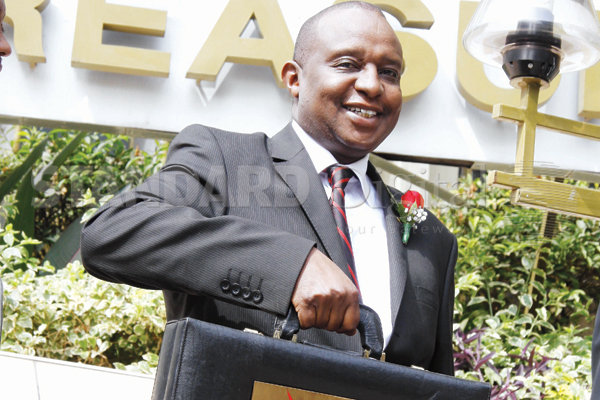×
The Standard e-Paper
Read Offline Anywhere

The government plans to pour more than Sh118 billion into untested and what could be white elephant projects even as it neglects critical ones with significant impact on livelihoods.
Despite coming up with a nice agenda on how to improve the livelihoods of Kenyans, the government will once again pump billions into unproductive projects such as Galana Kulalu Food Security Project and Konza Metropolis. These projects have, for the last five years, been imbibing taxpayers’ cash but yielding nothing in return.